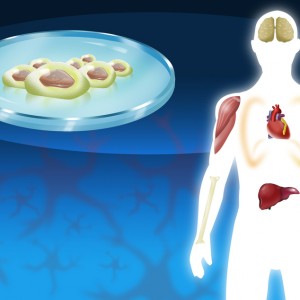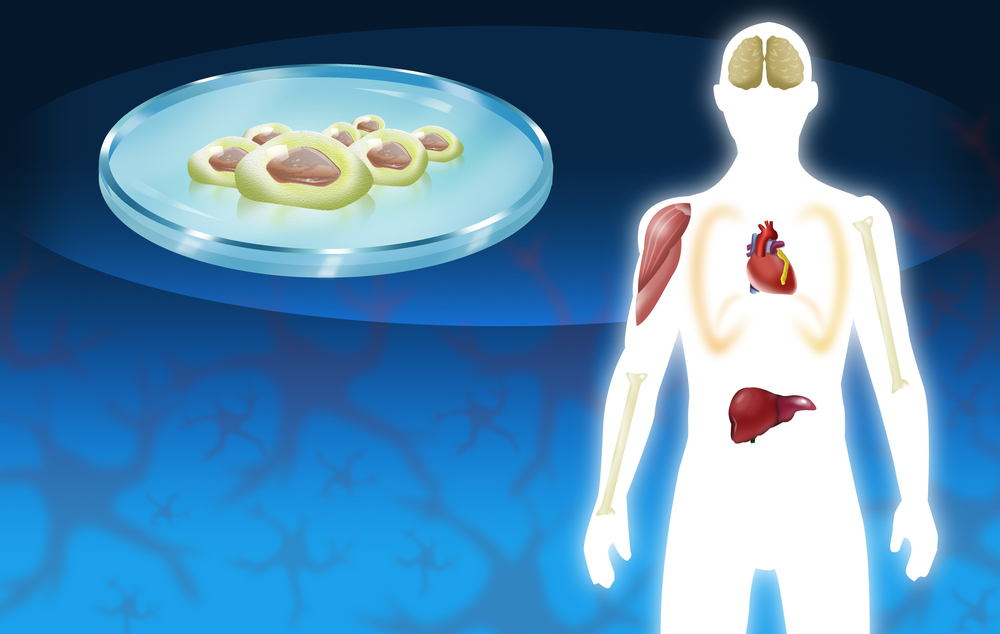 In a new study entitled “p63+Krt5+ distal airway stem cells are essential for lung regeneration” researchers identified a pool of stem cells capable of triggering lung regeneration after influenza-induced lung damage. The study was published in the 29th January edition of the prestigious journal Nature.
In a new study entitled “p63+Krt5+ distal airway stem cells are essential for lung regeneration” researchers identified a pool of stem cells capable of triggering lung regeneration after influenza-induced lung damage. The study was published in the 29th January edition of the prestigious journal Nature.
Chronic lung disorders are currently the underlying cause of several deaths worldwide, such as chronic obstructive pulmonary disease and pulmonary fibrosis, which are essentially categorized by the damage of lung alveoli (the air sacs where oxygen exchange takes place) and airways. In the United States alone, 24 million individuals are estimated to have impaired lung function, according to the American Lung Association.
Notably, there is clinical data showing patients who suffered a massive loss of lung tissue (as a consequence of necrotising pneumonia, a type of pneumonia where the lungs develop necrosis within infected lung tissue, or acute respiratory distress syndrome) can in fact restore pulmonary function in a short period of time (six months). Indeed, in a previous report, the authors were able to observe in mice a lung regeneration process after H1N1 influenza virus infection. This lung healing occurred within 2 months. Additionally, they pinpointed the essential role of two players to this process, by observing that the distal airway stem cells expressing p63+ and Krt5+ were positively related to this regeneration process.
[adrotate group=”3″]
Using a committed p63+ and Krt5+ model, called DASCp63/Krt5, the authors show the importance of these p63+ and Krt5+stem cells in the regenerative process of the lung. Following an influenza infection and after lung damage, a proliferative process was observed that resulted in nascent alveoli at the lung inflammation sites. Additionally, they observed a strong dependency of DASCp63/Krt5 to this process, since depletion of DASCp63/Krt5 prevented the regeneration process, which ultimately led to a deficient oxygen exchange.
Enhancing this ability of the lungs to regenerate after an injury can aid in the treatment of a wide range of pulmonary diseases. This study opens up new therapeutic possibilities, especially with the stem cell-based therapies for a variety of diseases.

